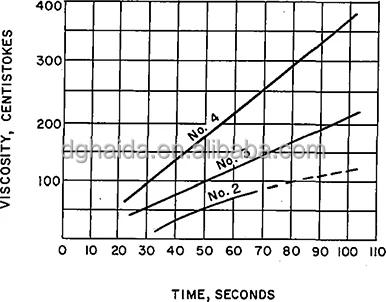

Even deep or many scratches in the cup can lead to measurement uncertainties in the result, since the removed material changes the volume of the cup and thus no longer complies with the specified DIN standard. When using a flow cup meter, it is particularly important to ensure that it is cleaned thoroughly after each measurement, as residues in the nozzle and cup can falsify the further results. As soon as the outflowing stream breaks for the first time, you have to stop the time and note it down. Cup 3 range extends from 29 to 251 centistokes, Cup 4 range extendsfrom 34 to 441 centistokes, Cup 5 range extends from 77 to 1413centistokes Seconds to centistokes conversion table furnished with every cup Calibration traceable to the U.S. to carry that efficiency into the Cup Series and.
#Ford cup 4 drivers
If you now pull the glass plate horizontally from the beaker, you have to activate the stopwatch. 4 Ford, Josh Berry feels hes representing the many short-track drivers who are capable of racing on Sundays. The resulting negative pressure keeps the material in the cup. Then the glass plate is pushed over the edge of the cup to remove any excess material. An overflow channel prevents the measurement from being falsified by liquid running off the sides. Make sure that the cup is filled to the top. First you hold the nozzle underneath closed and fill in the substance to be measured. The openings of the nozzles, like the cup, are subject to a respective DIN standard. It consists of a cylindrical hollow body which in most cases ends in an exchangeable nozzle. The structure of a flow cup meter is standardized according to a DIN and is therefore always the same. Viscous pastes and other substances with a high viscosity are not suitable for measurement with a flow cup meter. However, it must be taken into account that this is only possible with less viscous liquids. Ford flow cup meters are used to measure liquids quickly and easily in order to determine their viscosity.


 0 kommentar(er)
0 kommentar(er)
